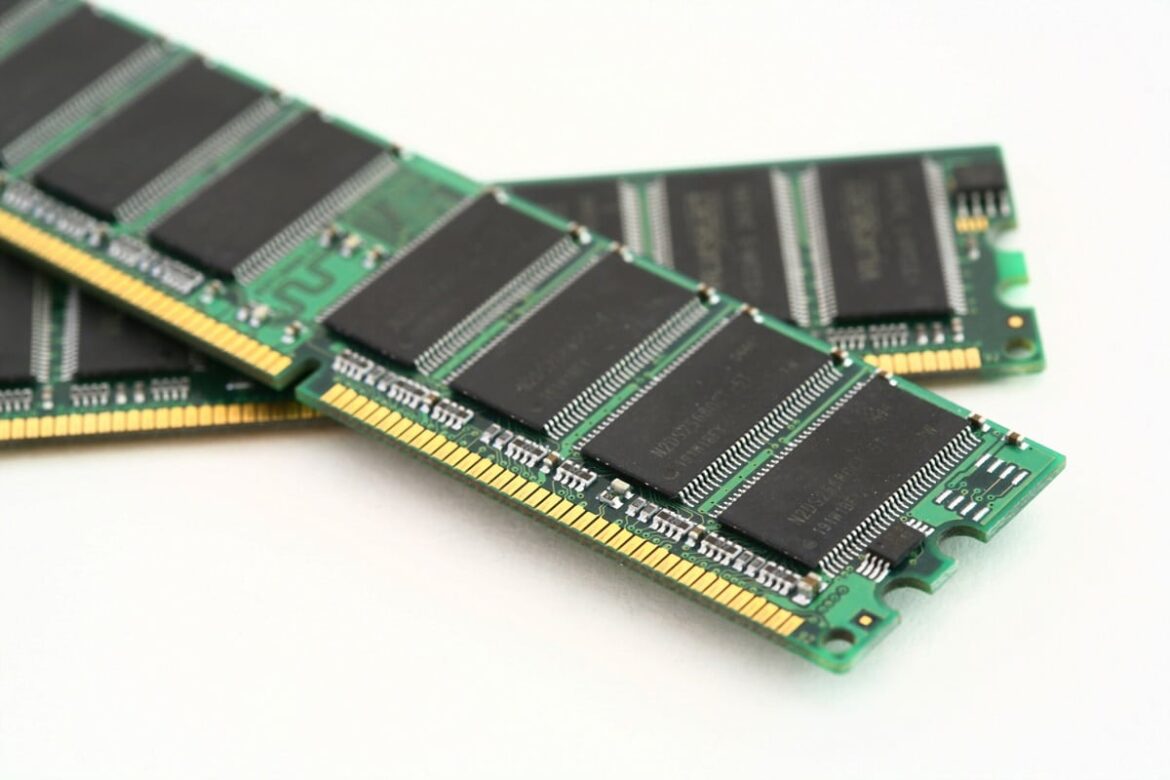1.2K
With older 32-bit Windows versions, you can use more than 4 GB of RAM if you enable your system’s memory remapping function.
Windows 32-bit: How to use more than 4 GB of RAM
32-bit operating systems work with 32-bit addresses. This means that they can address a maximum of 2³² bytes of RAM, which corresponds to about four gigabytes. More modern processors work with a 36-bit address bus instead. This means that a RAM of 2³⁶ bytes, or about 64 GB, can be addressed.
- The system kernel must also support this memory addressing. A technique called Physical Address Extension (PAE) is used for this, which is supported by most operating systems and also by Windows from version 2000.
- To be able to use more than 4 GB, you have to make sure that your BIOS supports a function called memory remapping. You can easily check this in the BIOS.
- After that, you need to tell your kernel to use PAE. To do this, you first have to start the command prompt (CMD) as an administrator.
- Then use your keyboard to enter the command bcdedit to start a Windows tool called Boot Configuration Data Editor. This tool allows you to edit the boot options.
- With the command bcdedit /set pae forceenable, you can now force your PC to always use PAE. To use more RAM, you need the free tool Gavotte RamDisk.
- Simply download the ZIP file, extract it and start the program. Also, make sure that the Fixed Media checkbox is selected in the Media Type section.
- If Windows asks you whether you want to install the program’s drivers, you must agree. Finally, click on Install Ramdisk.
- If everything went well, you will see a new drive on your PC with the drive letter R. This drive will be emptied again each time you restart your PC.

